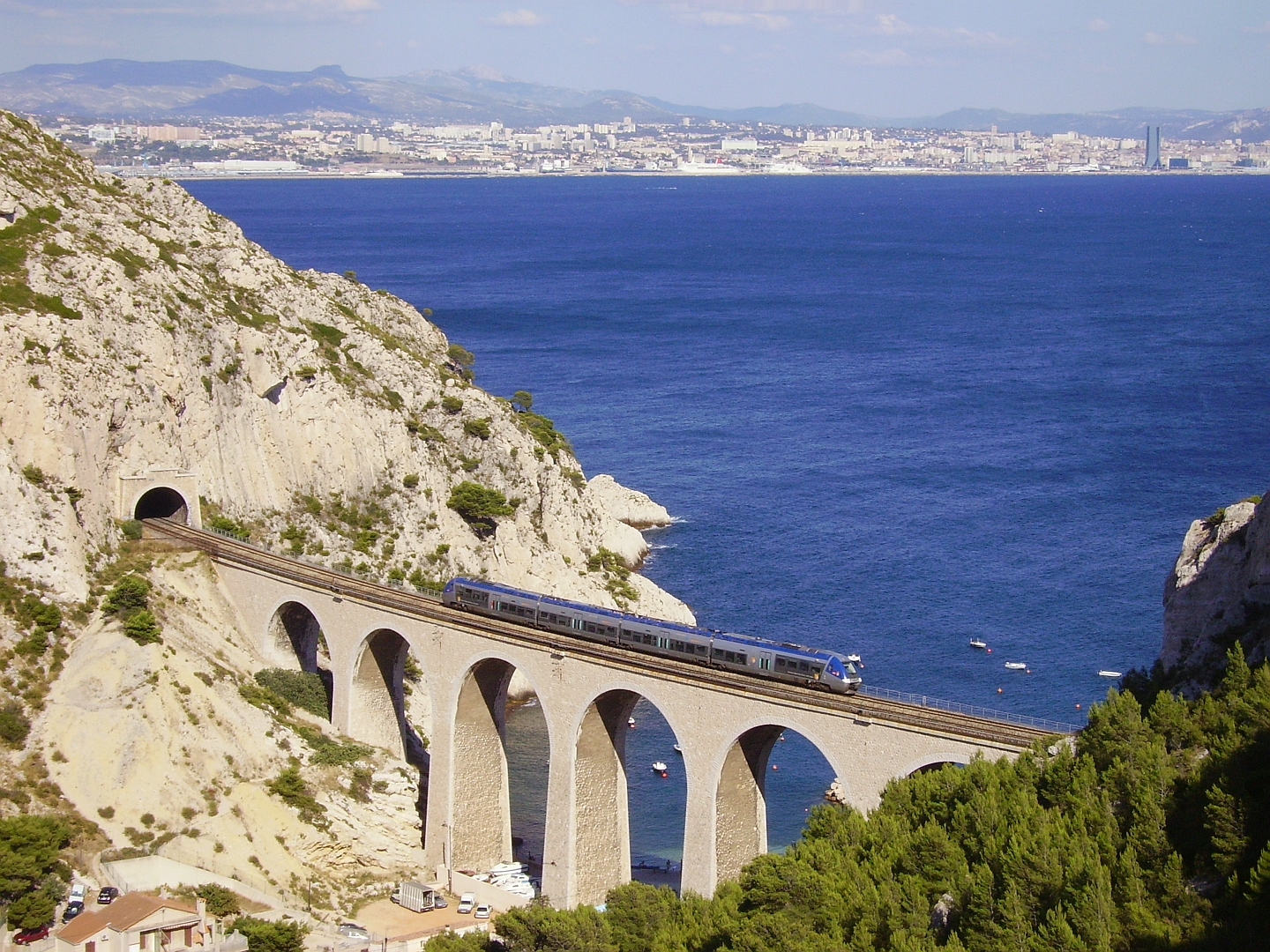|
Laguépie Station
Laguépie is a railway station in Laguépie, Occitanie, France. The station is on the Brive–Toulouse (via Capdenac) railway line. The station is served by TER (local) services operated by SNCF The Société nationale des chemins de fer français (; abbreviated as SNCF ; French for "National society of French railroads") is France's national state-owned railway company. Founded in 1938, it operates the country's national rail traffi .... Train services The following services currently call at Laguépie: TER Occitanie, accessed 11 May 2022. *local service (TER Occitanie) Toulouse–Figeac–Aurillac References [...More Info...] [...Related Items...] OR: [Wikipedia] [Google] [Baidu] |
Laguépie
Laguépie (; oc, La Guépia) is a commune in the Tarn-et-Garonne department in the Occitanie region in southern France. Laguépie is situated at the confluence of the rivers Aveyron and Viaur and at the tri-point of the departments Tarn-et-Garonne, Aveyron and Tarn. On the opposite, left bank of the Viaur is the village Saint-Martin-Laguépie, which is in the Tarn department. Historically part of the province of Rouergue (now the Aveyron department), Laguépie was added to Tarn-et-Garonne in 1808. Laguépie station has rail connections to Toulouse, Figeac and Aurillac. See also *Communes of the Tarn-et-Garonne department The following is a list of the 195 communes of the Tarn-et-Garonne department of France. The communes cooperate in the following intercommunalities (as of 2020): [...More Info...] [...Related Items...] OR: [Wikipedia] [Google] [Baidu] |
Occitania (administrative Region)
Occitania ( ; french: Occitanie ; oc, Occitània ; ca, Occitània ) is the southernmost administrative region of metropolitan France excluding Corsica, created on 1 January 2016 from the former regions of Languedoc-Roussillon and Midi-Pyrénées. The Council of State approved Occitania as the new name of the region on 28 September 2016, coming into effect on 30 September 2016. The modern administrative region is named after the larger cultural and historical region of Occitania, which corresponds with the southern third of France. The region of Occitania as it is today covers a territory similar to that ruled by the Counts of Toulouse in the 12th and 13th centuries. The banner of arms of the Counts of Toulouse, known colloquially as the Occitan cross, is used by the modern region and is also a popular cultural symbol. In 2015, Occitania had a population of 5,839,867. Toponymy Enacted in 2014, the territorial reform of French regions had been subject to debate for many years. ... [...More Info...] [...Related Items...] OR: [Wikipedia] [Google] [Baidu] |
Brive-la-Gaillarde–Toulouse (via Capdenac) Railway
The Brive-la-Gaillarde - Toulouse (via Capdenac) railway is a 248-kilometre French railway line that connects the rural areas between Brive-la-Gaillarde and the large southern city of Toulouse via Figeac and Capdenac. The railway was opened in several stages between 1858 and 1864. Route The Brive-la-Gaillarde–Toulouse railway leaves the Brive-la-Gaillarde station in a southeastern direction, towards Saint-Denis-près-Martel station. Here, the line to Aurillac station leaves in an easterly direction and the preserved line to Martel in a westerly direction. The line soon crosses the River Dordogne and follows the valley for a short while before it opens out into flat land. The Figeac station is on two curves, where the line from Aurillac station joins. Shortly after leaving Figeac the railway travels through a 1.3 km tunnel and then travels alongside the River Lot and the preserved railway from Cahors joins; but this line has been disused since 2003. At Capdenac station the ... [...More Info...] [...Related Items...] OR: [Wikipedia] [Google] [Baidu] |
Transport Express Régional
Transport express régional (, usually shortened to TER) is the brand name used by the SNCF, the French national railway company, to denote rail service run by the regional councils of France, specifically their organised transport authorities. The network serves French regions; Île-de-France (Transilien) and Corsica ( CFC) have their own specific transport systems. Every day, over 800,000 passengers are carried on 5,700 TER-branded trains.Le TER en 2030 ''SNCF'' Retrieved 2011-02-15 TER is part of , a branch of the SNCF dealing with urban and regional passenger rail, which also includes |
SNCF
The Société nationale des chemins de fer français (; abbreviated as SNCF ; French for "National society of French railroads") is France's national state-owned railway company. Founded in 1938, it operates the country's national rail traffic along with Monaco, including the TGV, on France's high-speed rail network. Its functions include operation of railway services for passengers and freight (through its subsidiaries SNCF Voyageurs and Rail Logistics Europe), as well as maintenance and signalling of rail infrastructure (SNCF Réseau). The railway network consists of about of route, of which are high-speed lines and electrified. About 14,000 trains are operated daily. In 2010 the SNCF was ranked 22nd in France and 214th globally on the Fortune Global 500 list. It is the main business of the SNCF Group, which in 2020 had €30 billion of sales in 120 countries. The SNCF Group employs more than 275,000 employees in France and around the world. Since July 2013, the SNCF Grou ... [...More Info...] [...Related Items...] OR: [Wikipedia] [Google] [Baidu] |

